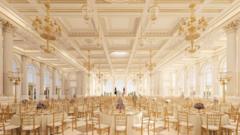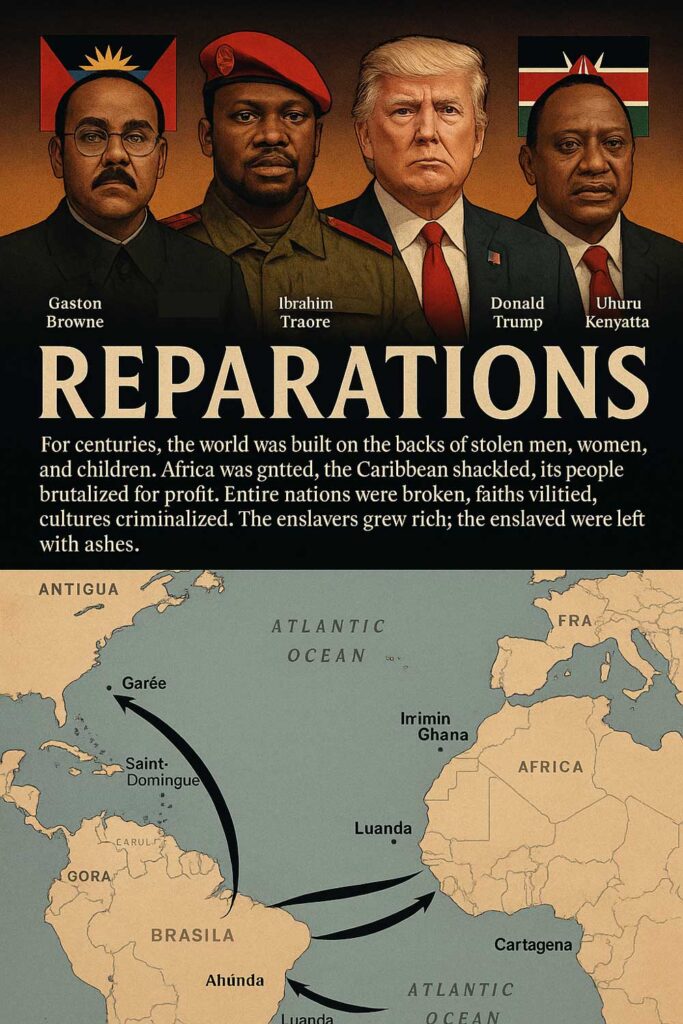The White House has revealed a proposal to construct a new ballroom, estimated to cost $200 million, fulfilling a long-standing ambition of former President Donald Trump. This planned ballroom will be part of a modernized East Wing of the White House, a space currently housing key offices, including that of First Lady Melania Trump. Press Secretary Karoline Leavitt confirmed in a briefing that funding for the project will come from Trump and unidentified benefactors. Construction is slated to commence in September, with hopes for completion before the end of Trump’s term in January 2029.
Historically, White House events have typically taken place in the East Room, which accommodates about 200 guests. The new ballroom, boasting a capacity of 650 attendees and an area of approximately 90,000 sq ft, is intended to mitigate the need for unsightly temporary tents currently used for larger gatherings, including those with international leaders. Leavitt referred to the ballroom as a "much-needed and exquisite addition" to the White House, expected to reflect the building's architectural integrity with a lavish design featuring chandeliers and ornate columns.
This development has provoked mixed reactions, particularly from historic preservation advocates. Leslie Greene Bowman, a long-time member of the Committee for the Preservation of the White House, emphasized the need for any enhancements to honor the historical significance of the existing structure. "These are precious vessels of our legacy as a democracy,” Bowman stated.
The construction of the ballroom follows various other renovations within the White House during Trump's term, including new flagpoles and decor in the Oval Office. Trump has consistently expressed dissatisfaction with the use of temporary structures for significant events, decrying them as an eyesore. In remarks made earlier this week during a European meeting, Trump reiterated his commitment to building a "beautiful" ballroom, using his flair for construction as a rhetorical device to underscore his vision.
In a historical context, the notion of constructing a ballroom at the White House has been met with skepticism. During Trump's initial presidential campaign in 2016, he proposed a similar project but faced pushback from the then-Obama administration. The current plans raise questions not only about the appropriateness of such expenditures but also about how they may shape the legacy of the Trump presidency.
As the project moves forward, discussions about its funding and impact on the White House's historical integrity are likely to continue, reflecting on the broader implications of enhancing presidential facilities in contemporary political times.




















